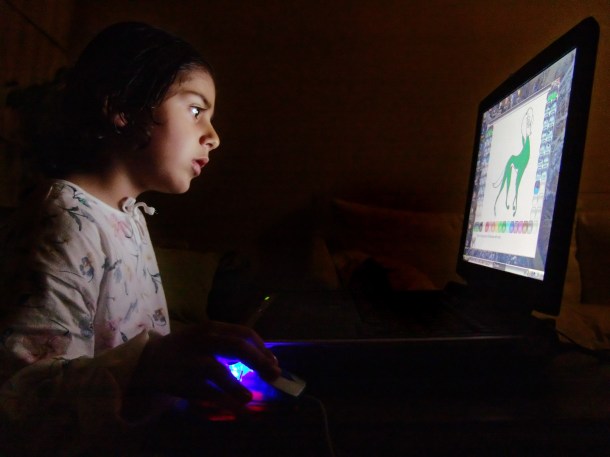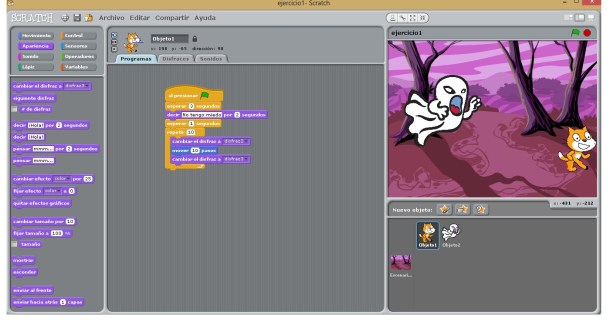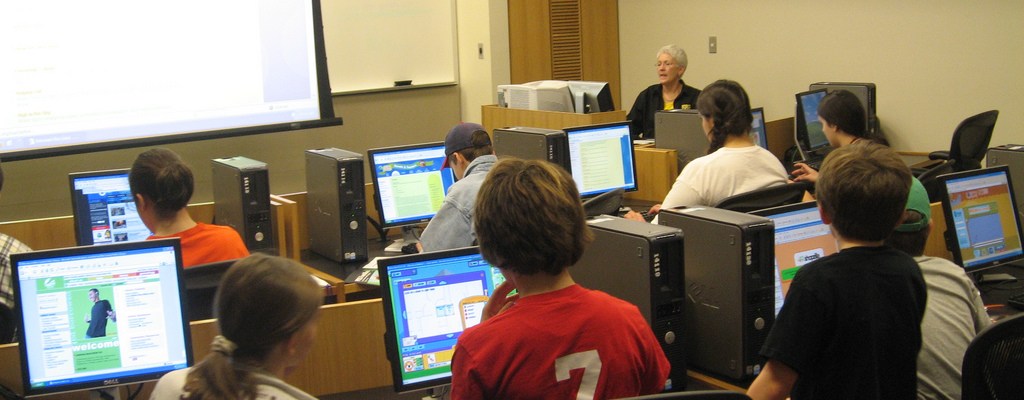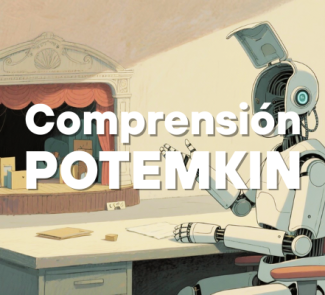The Scratch programming language was developed by MIT; it is ideal for kids to learn to program and is already being used in the Talentum Schools. A great way for children to play and gain new knowledge at the same time.
In our society, learning has become something that is totally dynamic, rather than static. There’s something new happening every minute, and thanks to the globalised world, we’re aware of what’s going on all over the world. Something similar is happening with education, where we can benefit from initiatives launched at other distant points on the planet in order to improve our knowledge and skills.
As we move firmly into the 21st century, education is also adopting some of the multitude of innovations that are taking place. The use of tablets and innovative mobile applications at school is already a reality. In these times, in which computing and telecommunications have become basic pillars of society, it’s worth asking whether there’s a place for programming in the educational systems of the younger generations.

Is programming child’s play?
Eduardo Inal answered this question in a Think Big article last July. The answer was yes, and he gave the example of the Talentum Schools, one of Telefónica’s initiatives for children and young people that is aimed at teaching the younger generations the keys to basic learning in the area of programming.
And how are they doing it? The idea was based on using Scratch, a programming language created by the Lifelong Kindergarten Group at the MIT Media Lab, which is used to recreate simple scenes, or even configure simple video games. The goal is to make what in theory seems hard to us, look easy. And what better way to do it than when the brain is primed to be filled with new knowledge?
The idea of teaching programming at such early ages needs to be instilled in educators, families and students. Can you imagine a future in which, in addition to English, Mathematics, Language and Science, our kids might also start to program? That was exactly what MIT had in mind when it designed Scratch.
This adapted programming language is extremely simple to use because it’s based on learning to program as if you were playing with LEGO pieces. It allows kids to assemble graphic blocks together in groups, without the need for the syntax or punctuation of conventional programming languages.
 This means that Scratch isn’t just based on the idea that “programming is child’s play”, but also that it’s possible to learn while playing. This idea is different from the basic programming techniques that we’re used to, and it lets kids have fun while they gain an understanding of fundamental concepts for the future.
This means that Scratch isn’t just based on the idea that “programming is child’s play”, but also that it’s possible to learn while playing. This idea is different from the basic programming techniques that we’re used to, and it lets kids have fun while they gain an understanding of fundamental concepts for the future.
Images | Nevit Dilmen (Wikimedia), ACPL (Flickr)









